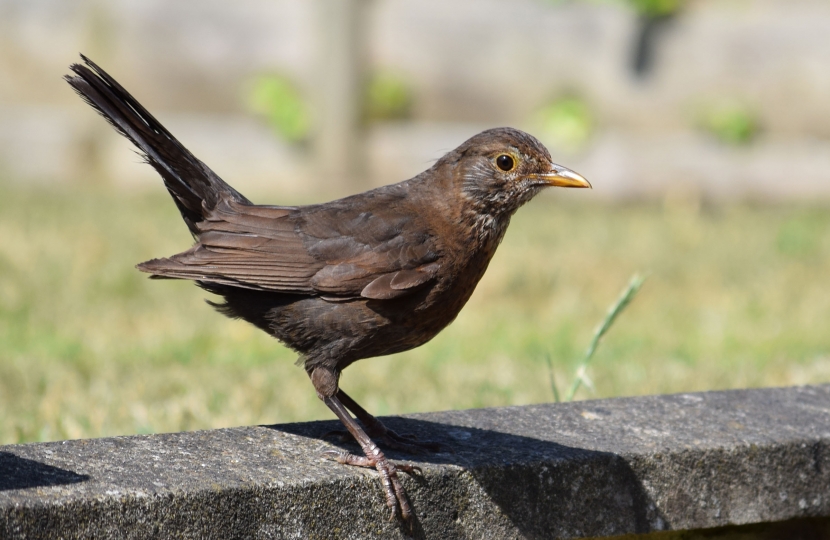
North Wales MS Mark Isherwood will this weekend be taking part in the RSPB’s Big Garden Birdwatch and is encouraging his constituents to join in too.
This year’s event takes place on 28th, 29th and 30th January, when the public are encouraged to spend just one hour watching and recording the birds in their garden, balcony or local park, and then send their results to the RSPB.
Last year in Wales, a whopping 53,279 people spent an hour watching the birds that visit their garden or outdoor space, double the previous year’s participation numbers, and returning 33,385 surveys.
Just one hour every year, for the last four decades, has made the RSPB’s Big Garden Birdwatch the largest garden wildlife citizen science project. Now in its 43rd year, well over 150 million birds have been counted giving the RSPB an astonishing amount of insight into how our wildlife is faring.
Mr Isherwood said:
“For four decades, Big Garden Birdwatch has highlighted the winners and losers in the garden bird world. The house sparrow remained at the top of the Big Garden Birdwatch rankings as the most commonly seen garden bird, seen in 76% of gardens throughout the weekend. The starling climbed up to 2nd place, pushing the blue tit down one position to 3rd, and we saw the robin climb three places up to 6th place.
“While house sparrows and starlings may be amongst the UK’s most commonly sighted birds, a closer look at Big Garden Birdwatch data shows that numbers have in fact dropped dramatically since the Birdwatch began in 1979. House sparrows are down 58% while starlings are down 83%.
“It is vitally important to collect this data and I encourage people across North Wales to take part this weekend.”
To take part in the Big Garden Birdwatch 2022, watch the birds in your garden or local park for one hour at some point over the three days. Only count the birds that land, not those flying over. Tell the RSPB the highest number of each bird species you see at any one time – not the total you see in the hour.